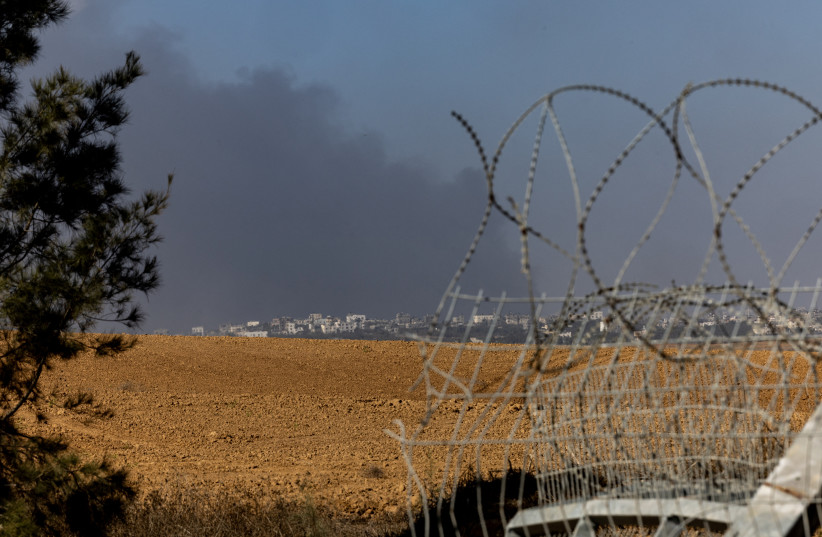The top of the IDF is engaged in analyzing the new reality that has emerged in the Gaza Strip and led to the collapse of defense in the Gaza District and Southern Command.
The ones fully responsible for shaping the space and defense posture on the southern front are primarily the current Chief of Staff, Lieutenant General Aviv Kohavi, who was previously the commander of the Southern Command and head of the Military Intelligence Directorate, and the head of the Strategy and Third-Circle Directorate, Major General Eliezer Toledano, who was the commander of the Southern Command until two months ago and previously the commander of the Gaza Division.
The security establishment created a system that focuses on acting against the intentions of terrorist organizations rather than acting against their capabilities.
While Hamas has evolved from an organization to a terrorist army, the Southern Command and other parts of the army believed that the intelligence suitable for continuous security activity would not disappoint and would provide the expected warning for war.
The opposite happened. The intelligence system and the capabilities of the military's top echelons did not function. Even though they saw the threat looming before them, they did not grasp the magnitude of the danger.

There is no doubt that something went wrong in terms of gathering information and processing it to understand reality. "It's more than a lapse in attention," explains intelligence sources. "It's an accumulating problem when an organization relies on various alerts and insights from above in many ways. That's how it becomes complacent." An intelligence source explains that everything that came from below seemed unimportant because it did not align with the analyses "from above. There is no other way to explain the gaps that emerged."
Operating against capabilities, not intentions
Therefore, there is no alternative but for the new system built against Gaza to operate against capabilities rather than intentions.
Considerable criticism has been voiced about the "Hourglass" system, the construction of which along 64 km in the Gaza Strip cost billions of shekels.
Repeated attempts in recent years by thousands of Palestinians to breach the fence made it clear that it is a fence for continuous security activity, not a fence for war. Any explosive charge or small drone could render the entire system useless. Everyone saw it, but no one in the General Staff thought to respond to the extreme scenario of a war that could erupt from Palestinian anger fueled by incitement and incessant brainwashing by Hamas.
The IDF needs to uproot the very idea of using deterrence. Terrorist organizations act against Israel for internal ideological and political interests as well as due to external pressures, like Iranian patronage.
Hezbollah, Hamas, and Islamic Jihad do not act against Israel because they think the IDF is weak. On the contrary, the fact that the IDF is the strongest in the Middle East does not prevent them from attacking Israel. A terrorist organization operates because of internal interests, not because someone else is weak.
Deterrence is relevant only when the IDF poses a credible and direct threat to the survival of the organization or its leadership. Only then can it prevent terrorist organizations from doing what they want.
When Hezbollah understands that there is a direct and immediate threat to its leadership and its survival, it will consider whether to stop firing toward Israel. Until then, it will continue to shed the blood of IDF soldiers and Israeli civilians along the border.
Defense Minister Yoav Gallant has appointed a team to focus on the day after the war - how to design an exit mechanism and the direction Israel should take militarily in the Gaza Strip.
Since it is already clear that there was no choice but to work against the capabilities of Hamas, not just its intentions, calls are growing in the security establishment, including the IDF, to eliminate the phenomenon of tunnels that led to the insane military buildup of Hamas in all areas. In parallel, forces are being consolidated that, after the war, will carry out a series of operations similar to the day after Operation Protective Edge.
This, of course, would come after reassessing the deep-rooted military combat systems on the ground and in the command and control centers.
